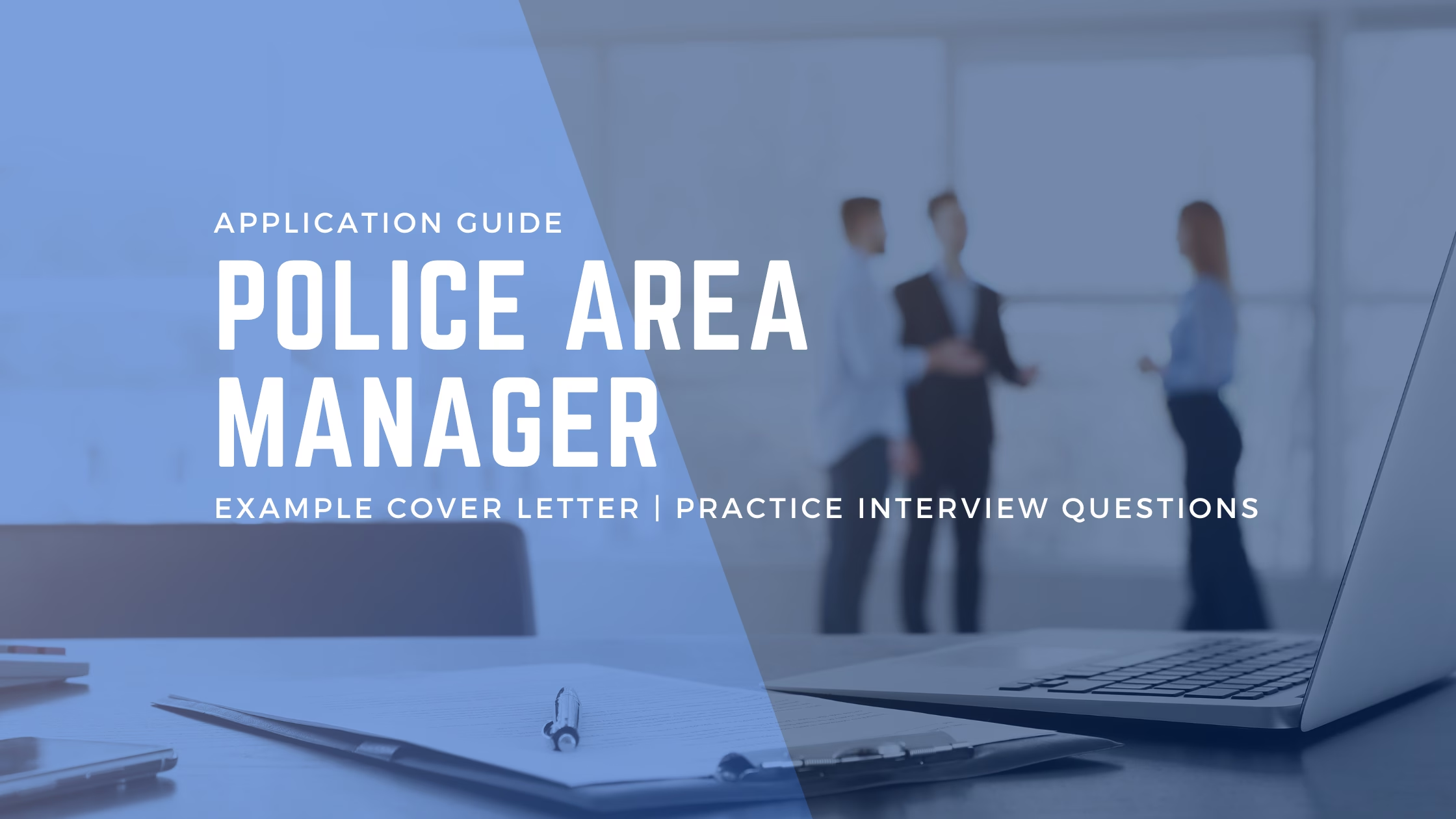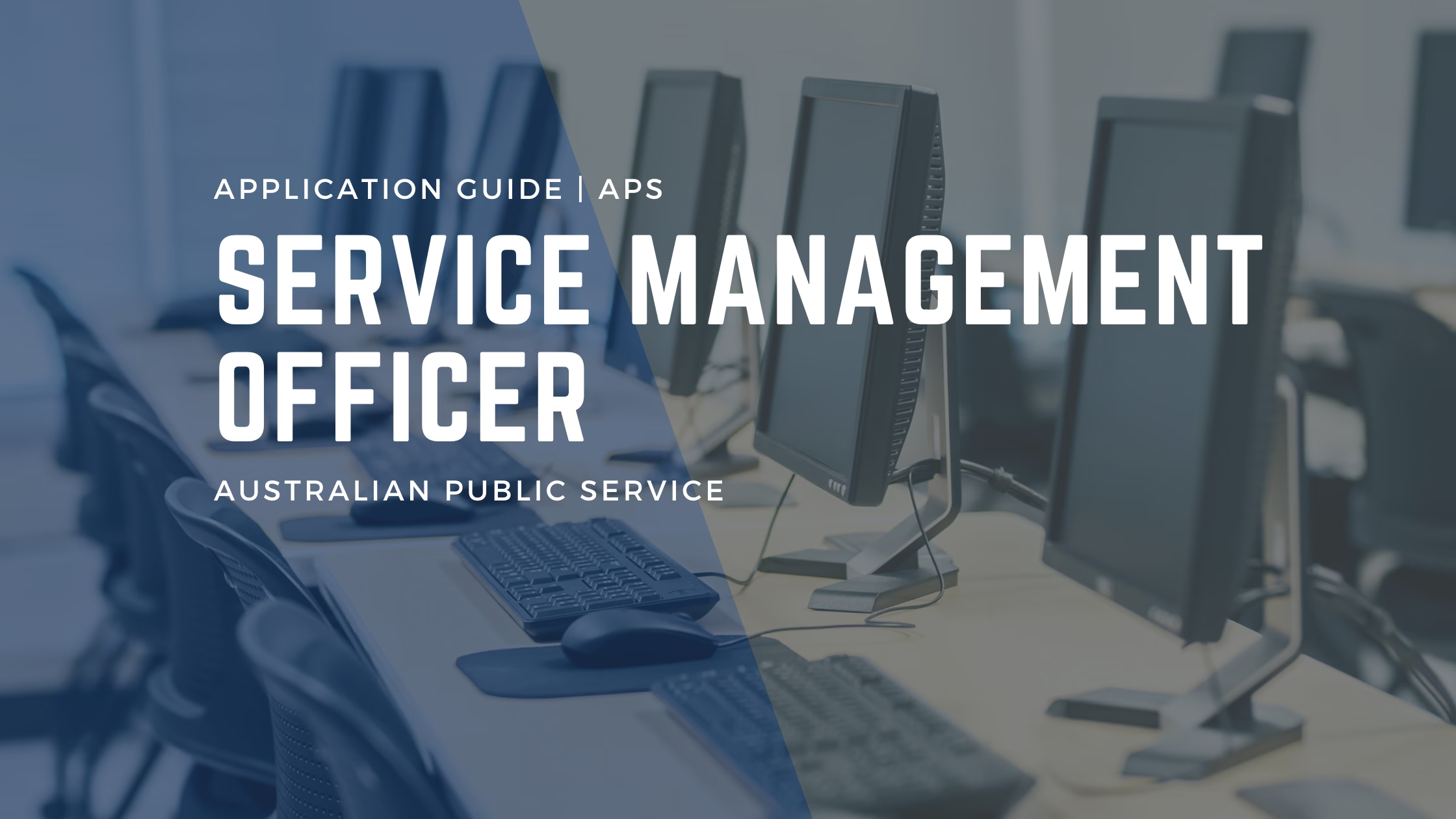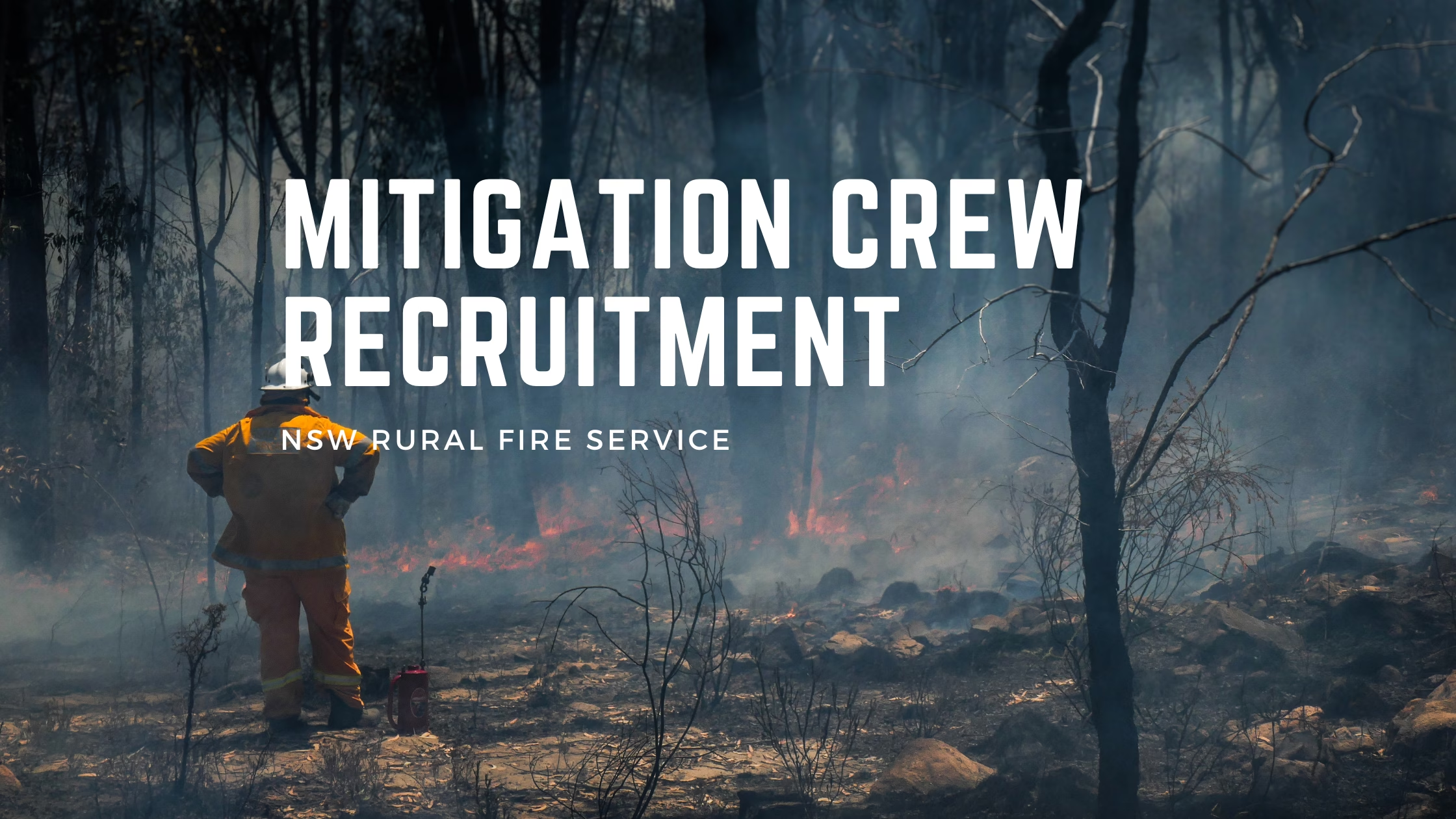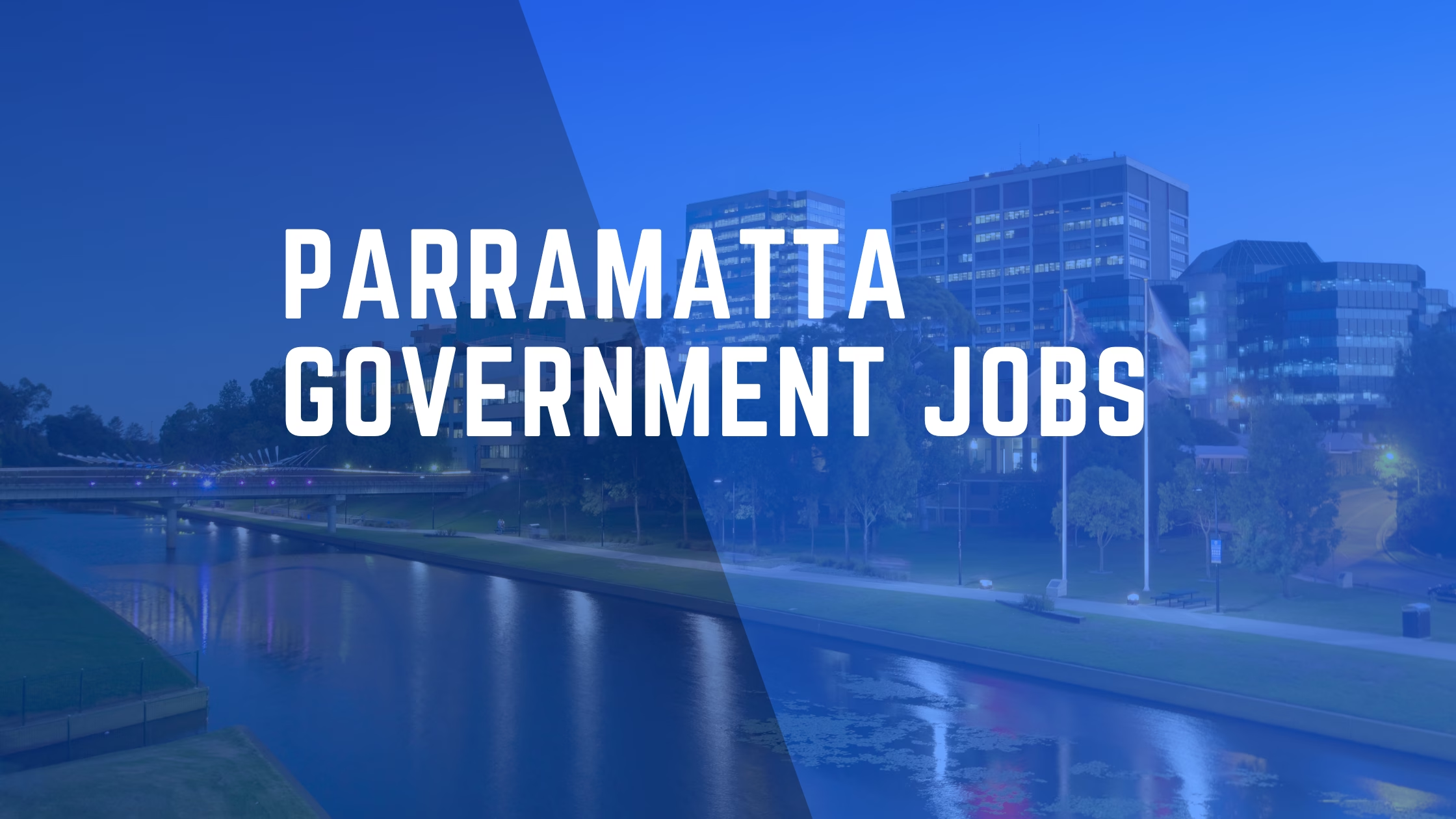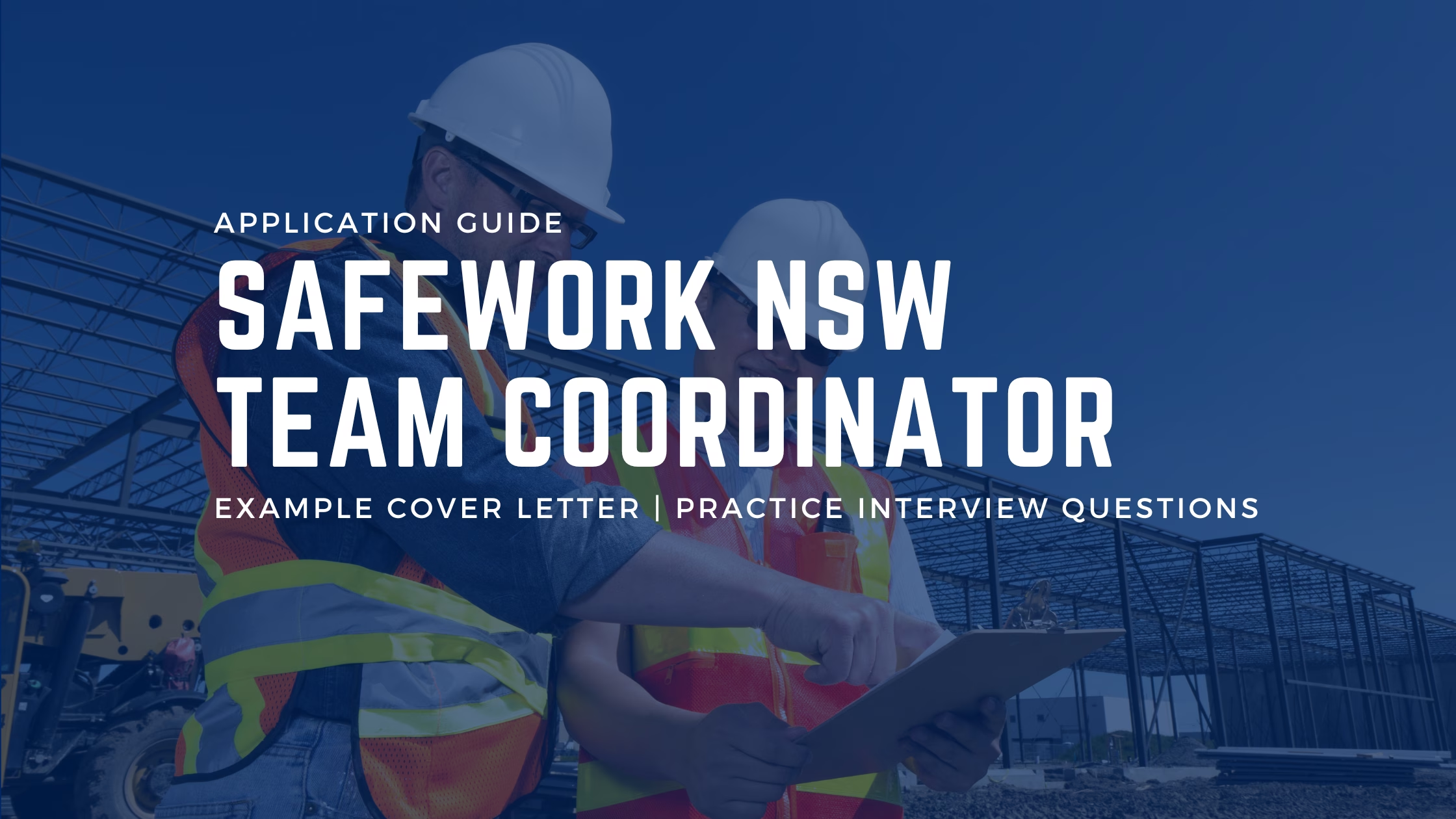If you’re interested in applying for leadership roles in the NSW public sector, the Police Area Manager position offers a high-impact opportunity to work at the strategic level within the NSW Police Force. This role is perfect for professionals with experience in business planning, HR, and corporate service delivery who want to step into a senior role supporting frontline operations.
In this post, you’ll find a full breakdown of the job requirements, application process, and even a complete example cover letter tailored to the Police Area Manager role. You’ll also learn how to align your responses with NSW Public Sector expectations.
If you’re new to public sector recruitment, check out this unofficial guide to NSW Public Sector recruitment for more insider tips and context.
Table of Contents
NSW Police Area Manager Salary and Job Details
| Position Title | Police Area Manager |
| Organisation/Entity | NSW Police Force |
| Job Location | Windsor, Sydney – North/North West |
| Work Type | Full-Time, Ongoing |
| Base Pay | $125,693 – $138,510 + Super + Leave Loading |
| Closing Date | 11 May 2025 – 11:59 PM |
Overview of the Police Area Manager role and responsibilities
The Police Area Manager is a senior leadership role within the Hawkesbury Police Area Command, responsible for overseeing all corporate and administrative functions that underpin frontline policing. This includes strategic management of human resources, financial planning, business operations, and compliance processes—ensuring that police officers can focus on delivering community safety.
Leading a team of corporate professionals, the Police Area Manager drives best-practice service delivery across business planning, asset management, and support services. The role plays a critical part in maintaining ethical standards, enhancing operational efficiency, and ensuring local command priorities align with broader NSW Police Force objectives.
This position requires operating in a dynamic, high-pressure environment. You’ll lead diverse teams, manage competing priorities, and make operational decisions that support critical frontline policing. Your ability to align human resources, budget oversight, and safety standards with organisational strategy will be key to success.
As part of one of the largest law enforcement agencies in the world, this role offers the opportunity to lead impactful change within a high-profile public sector organisation.
Why Police Area Manager is a Great Opportunity
This recruitment offers an excellent opportunity to secure a senior-level role in the NSW Government, just outside of Sydney. The full-time, ongoing position is based at Windsor Police Station—a location known for its convenient access to public transport, shops, and local services.
Successful applicants may also be considered for inclusion in a statewide talent pool, providing a pathway to future opportunities in similar senior administrative roles across the NSW Police Force. With a Police Area Manager appointed in every Police Area Command, this talent pool offers a valuable chance to be considered for upcoming vacancies in locations across the state.
Application Requirements for Police Area Manager
Public Sector Application Process
You’ll need to apply via the I Work for NSW platform. Applications must include:
- A tailored cover letter (max 3 pages) addressing the Essential Requirements
- A resume detailing your relevant experience
- Two Target Question responses (each up to 500 words)
In your cover letter, you need to clearly link your past experience to the job’s essential requirements. Use the STAR method (Situation, Task, Action, Result) to structure your examples. Address both Target Questions in the text boxes provided in the online application or attach as separate documents (recommended).
Police Area Manager Target Questions
The two target questions to address are:
Describe a time when you lead a diverse team in a high-pressure environment. How did you ensure inclusivity, maintain team cohesion, and achieve operational success?
Give an example of a complex administrative, financial, or HR challenge you encountered in a leadership role. How did you go about implementing a solution?
For the first question, focus your answer on the “Manage and Develop People” NSW Public Sector Capability. For the second, you need to focus on “Think and Solve Problems”. You can find the focus capabilities in the role description.
Essential Role Requirements For Police Area Manager
This role has the following essential role requirements:
- Demonstrated experience in Corporate level Business Planning and Financial Management
- Detailed knowledge and demonstrated experience in the area of Human Resource Management
- Demonstrated experience in working with administrative systems and processes
- Highly developed people/communication skills
- Understanding of key Organisational issues
- Demonstrated ability and capacity to identify, assess, prioritise and control health and safety risks
- Ability to supervise, lead and coach staff
You’ll need to nail these in your application to secure an interview. Check out this free cover letter template for how to structure your government cover letter effectively.
NSW Police Area Manager Application Checklist
| Completed? | How To Apply For Police Area Manager Checklist |
|---|---|
| ✔️ | Review full job ad on I Work for NSW |
| ✔️ | Write a tailored cover letter (max 3 pages) |
| ✔️ | Address both Target Questions (max 500 words each) |
| ✔️ | Prepare a capability-focused resume |
| ✔️ | Use a free public sector cover letter template |
| ✔️ | Get your cover letter reviewed – Only $29 |
Candidate Profile
Emma has spent the past eight years working as a Business Operations Supervisor in a government health agency, where she led a small but agile team responsible for HR coordination, budget oversight, and day-to-day administrative operations. Despite the modest size of her team, Emma consistently delivered strong results—streamlining processes, improving reporting accuracy, and maintaining high compliance standards across multiple functions.
She is now pursuing the Police Area Manager role as a natural next step in her public sector career. Eager to take on greater responsibility and broaden her impact, Emma sees this as a valuable promotion opportunity—allowing her to transition into a more senior leadership position while continuing to support essential community services through strategic corporate management.
Example Cover Letter For Police Area Manager
Click here to download a free public sector cover letter template
Dear Hiring Manager,
I am writing to express my interest in the Police Area Manager position with the NSW Police Force.
With over eight years of experience in public sector operations, I have built a strong foundation in human resources, financial oversight, administrative systems, and people leadership. Having successfully led a small business support team in a government health agency, I am eager to progress into a more senior role that allows me to contribute to frontline service delivery through strategic and ethical corporate support.
Corporate Business Planning and Financial Management
In my previous role, I was responsible for leading the annual business planning process and overseeing a significant operational budget. During a period of cost-saving reform, I worked closely with finance and clinical stakeholders to introduce a priority-based model for budget allocation. I restructured reporting processes and implemented monthly review sessions to ensure resources were aligned with service delivery goals. As a result, we reduced non-essential expenditure by 12% while maintaining operational performance, and our revised planning model was adopted by two other regions.
Human Resource Management
I have extensive experience managing end-to-end HR processes, from recruitment and onboarding to performance development and workforce planning. When faced with high staff turnover and inconsistent role clarity, I initiated a review of position descriptions, led targeted recruitment campaigns, and established one-on-one coaching sessions to improve engagement and capability. These initiatives led to an improvement in staff retention and a measurable uplift in internal satisfaction ratings from line managers.
Administrative Systems and Processes
One of my key projects involved standardising administrative workflows across three regional sites. I facilitated process mapping sessions to identify inconsistencies, then introduced a SharePoint-based workflow tracker and created tailored training modules to upskill staff. This ensured that administrative processes across the regions were implemented more consistently. These changes significantly reduced processing time, improved the accuracy of procurement reporting, and helped the region exceed its audit compliance benchmarks for the first time in three years.
People and Communication Skills
Effective communication and inclusive leadership have been central to my success managing small, high-performing teams. During the COVID-19 response, I maintained team cohesion through daily virtual check-ins, transparent workload planning, and flexible rostering. Despite increased pressure and a dispersed workforce, we met all operational deadlines, and staff reported a stronger sense of support and connection than pre-pandemic levels. I also regularly led stakeholder briefings and inter-agency forums to ensure alignment and clear messaging across projects.
Understanding of Organisational Issues
Throughout my career, I have successfully navigated structural reforms and broader organisational change. When our HR services were centralised, I took on a change champion role to support our local transition. I hosted staff feedback sessions, worked closely with the corporate HR team to interpret new policies, and produced local procedures that reflected our unique operational needs. This approach helped maintain service continuity and was highlighted as a success case in the regional review of the rollout.
Work Health and Safety Risk Management
After a WHS incident involving a third-party contractor, I led a review of our local site induction procedures and safety controls. I consulted with frontline staff and facilities management to identify gaps, introduced a formal induction checklist, and developed a simple digital tool to capture and report near-miss events. Over the following year, safety awareness improved, compliance increased, and our team recorded no reportable incidents for the first time in three years.
Supervising, Leading and Coaching Staff
I believe in leading through trust, structure, and capability development. One team member was struggling post-restructure, so I created a tailored coaching plan, implemented weekly feedback check-ins, and connected them with a peer mentor in another team. Their performance improved within three months, and they went on to take the lead on several new tasks. I’ve since applied this approach more broadly to support capability growth and succession planning within my team.
I am confident that my experience across finance, HR, WHS, and operational leadership has prepared me to take on the responsibilities of Police Area Manager. I understand the importance of aligning corporate functions with operational outcomes and would be proud to bring this experience to a role that directly supports policing and public safety.
I have also attached my responses to the two target questions.
Thank you for considering my application.
Sincerely,
Emma
Target Question 1
Describe a time when you led a diverse team in a high-pressure environment. How did you ensure inclusivity, maintain team cohesion, and achieve operational success?
In 2021, I was responsible for coordinating a regional administrative team during the peak of the COVID-19 response. The team consisted of permanent, temporary, and redeployed staff with varied experience levels and backgrounds. We were tasked with setting up a temporary operations hub to support COVID logistics, staff tracking, and real-time reporting—while adapting to remote work and navigating shifting policy.
To ensure clarity, I defined and clearly communicated individual roles and responsibilities from the outset. I developed a shared team charter and implemented a daily briefing structure that reinforced expectations, provided updates, and invited two-way feedback. This not only maintained alignment with our unit outcomes but ensured each team member understood their contribution to the bigger picture.
Recognising the diversity in capability and experience, I negotiated flexible performance goals based on individual strengths. For example, less experienced staff were paired with mentors and given focused tasks aligned to their skillsets, while senior team members helped refine operational plans. I provided ongoing feedback through one-on-one check-ins, which helped build confidence and address early signs of performance drift or disengagement.
To further foster inclusivity, I implemented a rotating “co-host” model for our virtual meetings—giving each team member a chance to lead discussions and suggest improvements. This helped maintain morale, surfaced new ideas, and allowed quieter voices to be heard.
Despite extremely high pressure and frequent procedural changes, we met 100% of our regional reporting deadlines, maintained low error rates, and received positive feedback from senior command for our responsiveness. The team’s cohesion and commitment remained strong throughout the crisis, and several members expressed that they had grown professionally due to the inclusive and supportive culture we built together.
Target Question 2
Give an example of a complex administrative, financial, or HR challenge you encountered in a leadership role. How did you go about implementing a solution?
In my previous role as Business Operations Manager, I identified inconsistencies in how overtime was approved and recorded across three sites. These discrepancies affected financial forecasting, created risk of non-compliance, and led to frustration among staff. The issue was complex due to decentralised approval pathways, legacy HRIS configurations, and varying local practices.
I began by analysing payroll and finance reports to understand the scale of the issue and engaged with frontline managers to gather practical insights into current approval processes. The interrelated causes included unclear delegation authorities, inconsistent use of forms, and a lack of visibility in the approval chain.
I formed a small working group, including HR, finance, and site coordinators, and we mapped the end-to-end process. This allowed us to identify key friction points and co-design a simplified workflow that integrated directly with our HRIS. The new process included digital approval routing, automatic delegation triggers, and built-in policy guidance.
I led rollout planning, created training resources, and personally delivered virtual briefings to every affected manager. I also introduced a two-month review cycle post-implementation, enabling teams to flag issues early and propose refinements.
Within three months, processing errors decreased by 65%, and time spent on reconciliation dropped significantly. Managers reported improved confidence in the new system, and audit compliance scores improved in the next quarter. I documented the project and shared the process improvements with neighbouring districts, contributing to broader business effectiveness across the region.
How To Use The STAR Method In Your Cover Letter
The STAR method is the best structure for writing public sector examples. It stands for:
- Situation – What was happening?
- Task – What was your responsibility?
- Action – What did you do?
- Result – What was the outcome?
In Emma’s letter, she used the STAR method to give clear examples of how she meets the essential role requirements. There were multiple essential requirements, so the use of headings makes the cover letter clear and easy to follow for the hiring panel.
Click here for a full detailed guide on how to use the STAR method.
How to Prepare for a Public Sector Interview
Public sector interviews focus on the capabilities listed in the role description. Here’s how to prepare:
- Open the role description and identify the Focus Capabilities
- Write down examples using the STAR method for each capability
- Review your examples against the behavioural indicators listed
Some interview questions for a Police Area Manager might include:
- Share an example of how you responded to constructive feedback. What did you do with it?
- Describe a time when you had to explain a complex issue to a non-technical audience. How did you ensure they understood?
- Describe a time when you had to meet a tight deadline. How did you ensure delivery without compromising quality?
- Describe a complex issue you’ve had to resolve. How did you research, analyse, and decide on the best solution?
For this job, you need to have answers that are at the Intermediate, Adept and Advanced level of NSW government capabilities. You can get example interview questions and answers at all of these levels here.
Get Ready To Apply
The Police Area Manager role is a rare opportunity to step into senior leadership within one of Australia’s most respected public sector organisations. It’s a position that calls for operational insight, people leadership, and strategic thinking—backed by experience in finance, HR, and administrative excellence.
If you’ve built a career in the public sector and are ready to take the next step, this role offers the chance to make a real impact—supporting frontline police operations and contributing to safer communities across NSW.
From understanding the essential requirements to preparing strong STAR examples and responding to target questions, this guide gives you everything you need to put forward a compelling application.
If you apply, make sure you put your best case forward.
✅ Download a free cover letter template.
✅ Get your cover letter reviewed for only $29.
✅ Grab the interview workbook to prepare confidently for the next stage.
If you’re serious about applying for a government leadership role, don’t leave it to chance. Use the tools, templates, and examples in this article to give yourself the best chance of success.
Ready to apply? Click here to apply for the Police Area Manager role via I Work for NSW.

